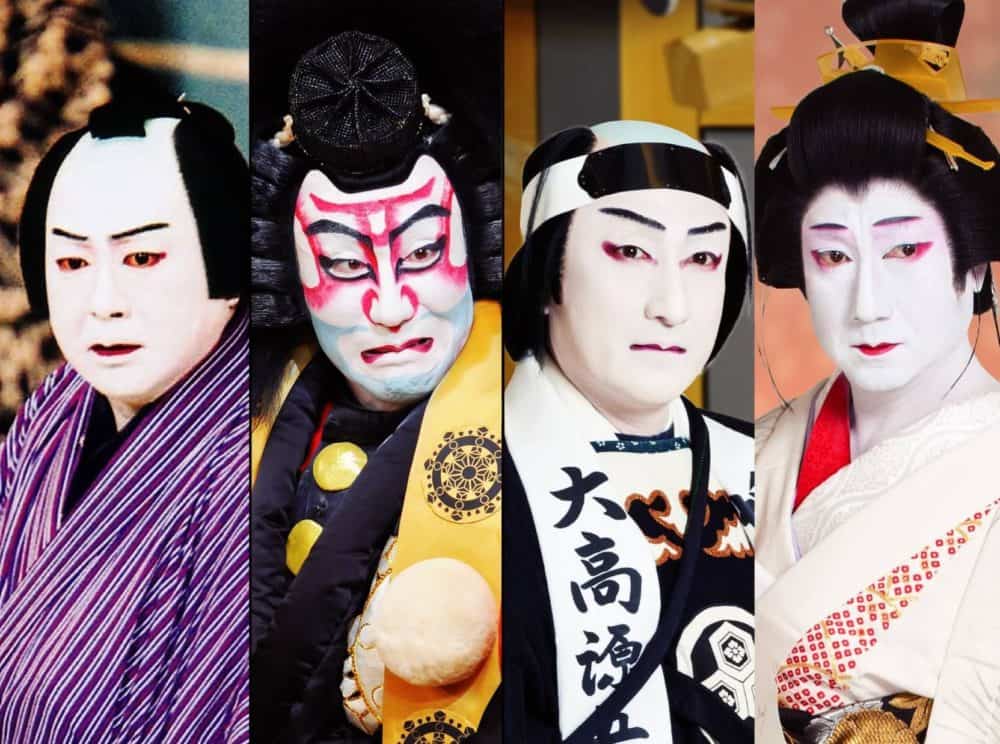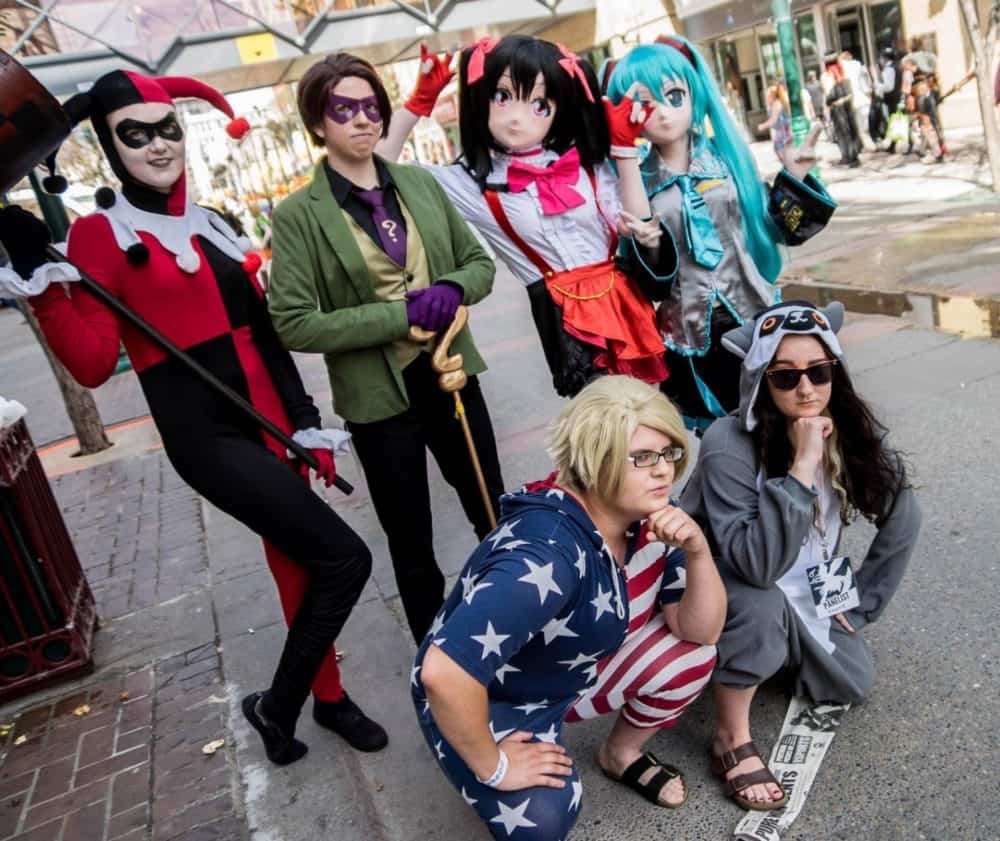Kigurumi – you may not have heard of it, but you most probably have seen it. The word means something like “wearing a stuffed toy”. Having originated in Japan as a costume line, today Kigurumi has developed into one of the biggest fashion attires in the world. Its current form was created in the late 1900s by a Japanese company called SAZAC. Kigurumi became an icon of Japanese street style almost immediately after its birth. However, it became popular in the Western world around 2011.
Author
What is Kigurumi and why is it so special? In a word, Kigurumi is cute. It is very comparable to cosplay. In fact, people even say that Kigurumi is a branch of cosplay. There are a few noticeable differences though. In Kigurumi, a key element of wearing the costume is to look cute and adorable. Another distinguishable factor is that these costumes tend to cover the whole or part of the head as well.
The original idea of Kigurumi was cosplay for anime. Anime shows heavily focus on trying to make the characters, and the overall feel of the anime, cute. Safe to say, it works very well. Naturally, fans sprung up that wanted to live that fantasy life, and that’s how Kigurumi became famous.
In fact, the most famous kind of Kigurumi is the Animegao Kigurumi, in which people take inspiration from anime to choose who to dress up as. We’ll be focusing on this particular kind of Kigurumi. So wherever you see Kigurumi in this article, know that we mean Animegao Kigurumi, unless stated otherwise.

People categorize between anime character Kigurumi and anime animal Kigurumi. In the former, people dress up as anime characters. This includes wearing the head of the character to look as cartoon-like as possible. In the latter, people wear animal costumes (mostly cats since they look very cute). These are top to bottom costumes. However, wearing the complete head isn’t necessary for these costumes – a hoodie is good enough.
The history of Kigurumi is quite a fantastic one. The whole of the Kigurumi history can be segmented into parts. This story is full of suspense, drama, and perseverance – just like in anime. So buckle up, as we are about to walk you through the story of Kigurumi.
The clothing for Kabuki
There are split opinions on when Kigurumi was originated. Some say that the concept dates back to the 1600s as people found antecedents of Kigurumi-like clothing from that era. This clothing was said to be worn for ‘Kabuki’ which is the oldest concept of a live theatre play in Japan. Performers performed a sort of dance-drama while wearing specific clothes. Some of these clothes had similarities to Kigurumi.

There are other proofs of ancient Kigurumi as well. Japan is known for its historic puppet theatre called Banraku. In it, the puppeteers would control puppets that could be as tall as 4 feet. The puppeteers would be in the view of the audience so they were part of the play and had to wear full-body costumes. These costumes had heads of dragons and other fantasy animals. In a way, they were Kigurumi costumes.
The true beginning
However, the true business aspect of it is confirmed to be seen in the late 1900s. Like any major success story you may have heard of, Kigurumi started off very subtly. There wasn’t even a proper shop for these costumes. Rather, the inventors had to sell them at outlets of other brands. The first shop that started to create the Kigurumi masks was Dolphin Factory. Another shop that agreed to do so shortly after was Build Up Studio Sigma. Both were based in Japan.
It took years for Kigurumi to get even a little attention. The first ever truly Kigurumi costume that can be traced was worn for a performance back in 1993.
How Kigurumi spread
There were a few years in which people were utterly unaware of Kigurumi. But patience bore fruit and Kigurumi started getting attention in 1998 in various parts of the world. The first to embrace this new fashion concept were Latin America and Mexico, where the first Kigu group known as Kigurumex came about. In 1999, Kigurumi reached UK, Russia, US and Australia.

Slowly but steadily, Kigurumi started getting traction as a clothing brand. Kigurumi started getting ambassadors to spread the fashion globally, such as Hikarinaka who spread the word about it in Russia in 2006.
Kigurumi today
The trend spread like wildfire and people were very into it. This Japanese invention went from being completely new in fan conventions to being full of competition in cosplay events.
Nowadays, Kigurumi has become a norm. Mostly females wear these costumes since they are the ones most inclined to cuteness. But there are a number of males performing anime male characters as well.
The world has picked up on it like every other trend. You see YouTube tutorials on how to dress up as your favorite anime character. People make communities and follow hashtags for Animegao Kigurumi. There are even brands dedicated to selling just Kigurumi and nothing more.

Not just Animegao Kigurumi, but simple Kigurumi is very popular today as well. The Disney characters that greet you by the gates of Disneyland are Kigurumi, they just don’t know or call it that. There are people that have even taken Kigurumi as a profession. They cosplay only in anime costumes and earn a living through it.
Conclusion
Kigurumi has come a long way from what it used to be to what it is now. Its history shows how it gained the hype in the 21st century.
Do you have an anime character you really like? Don’t think twice. Try Kigurumi and then you’ll truly understand all the hype!

